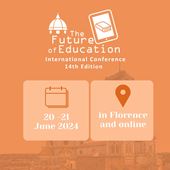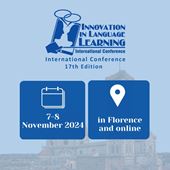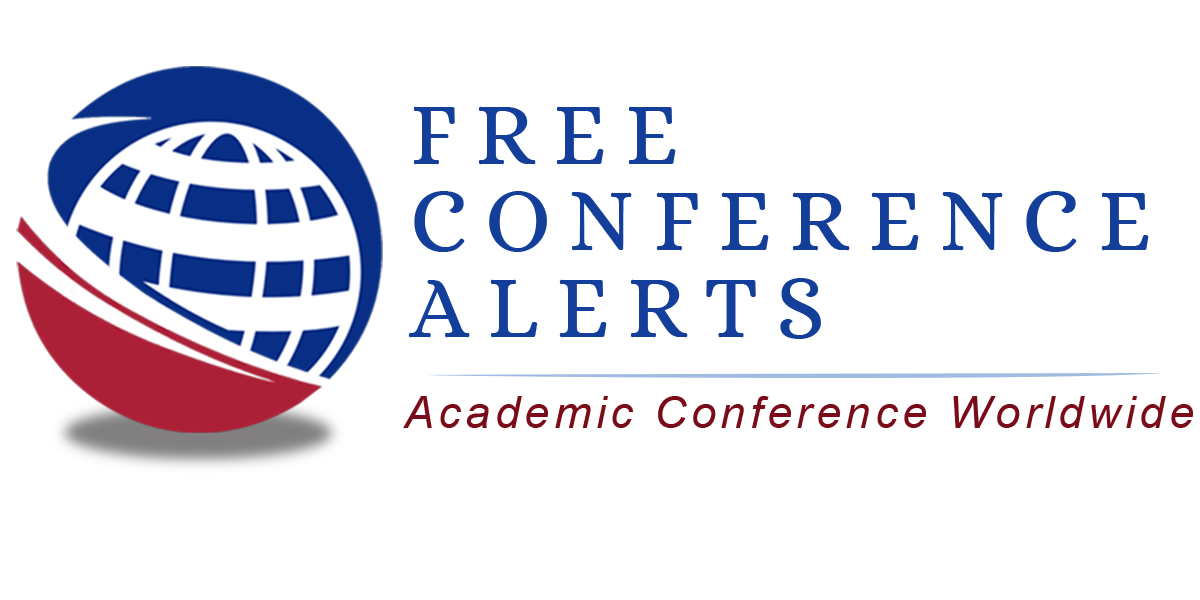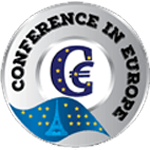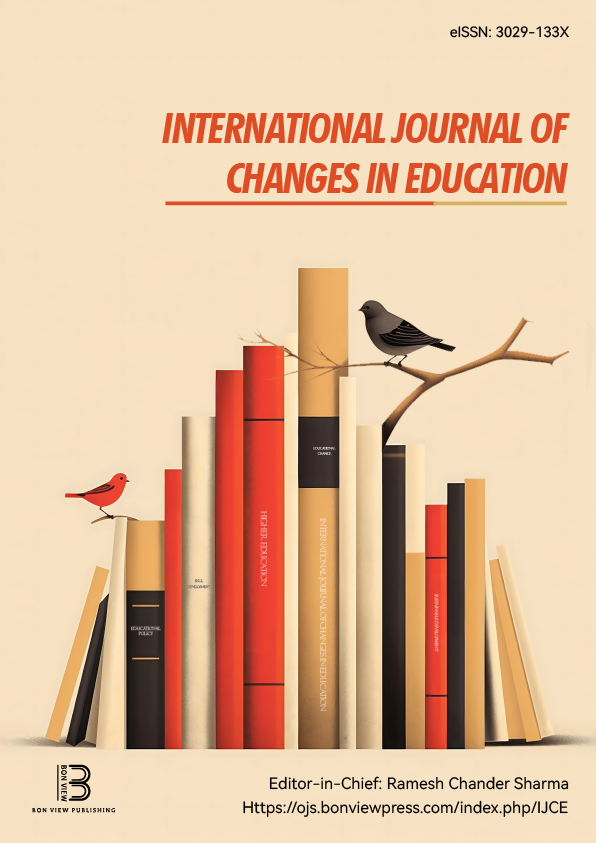Bridging the Gap: Using School Campuses for Scientific Exploration and Language Acquisition
Melissa Caspary, Georgia Gwinnett College (United States)
Diane Boothe, Boise State University (United States)
Abstract
In recent years, education has emphasized the need for hands-on and active learning within the classroom, but this learning environment should be expanded to include innovative teaching practices that include the entire school campus. Learning outdoors has the potential to excite and reinvigorate learners while capturing a broader spectrum of our student body including those that are language learners or students who respond more to physical learning by doing. Participating in fieldwork, “provides a place to contextualize learning in real world settings, acquire and develop technical and life skills and as a place to enjoy” (Fuller 2012). As noted by Cooper and Wischemann (1987), these outdoor spaces are valuable places for life learning and deserve much more attention for their capacity to serve our campus communities’ need for study, relaxation, and aesthetic enjoyment. By emphasizing existing outdoor spaces for learning, we can call attention to the value and need for protection of outdoor spaces that are often overlooked and underappreciated. These experiences will equip all students with the knowledge and skills required for a STEM-driven (Science, Technology, Engineering and Math) future and enhance science lessons to support multilingual students’ engagement. We will provide examples from the campuses of Boise State University and Georgia Gwinnett College of innovative ways to use campus grounds and resources for extending learning opportunities beyond the traditional classroom environment.
|
Keywords |
Outdoor learning, scientific exploration, multilingual learners |
|
REFERENCES |
[1] Cooper, C., & Wischemann, T. (1987). Outdoor Spaces for Living and Learning. Landscape Architecture, 77(2), 52-61. http://www.jstor.org/stable/44680883 [2] Fuller, I. C. (2012). Taking students outdoors to learn in high places. Area, 44(1), 7–13. http://www.jstor.org/stable/41406039 |
 New Perspectives in Science Education
New Perspectives in Science Education

